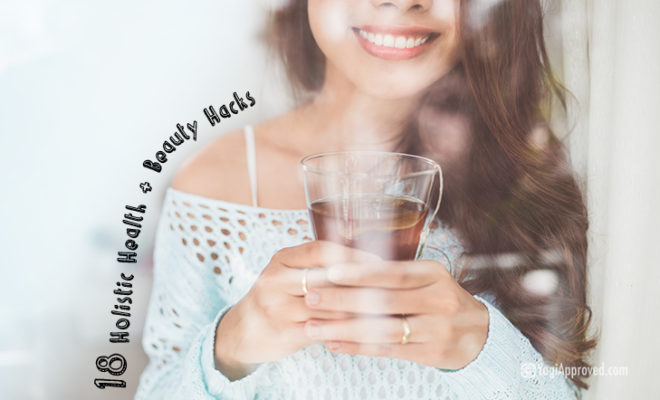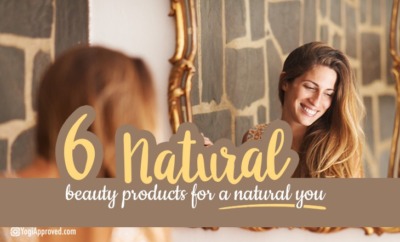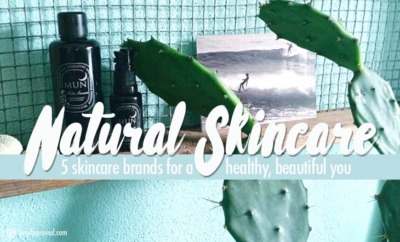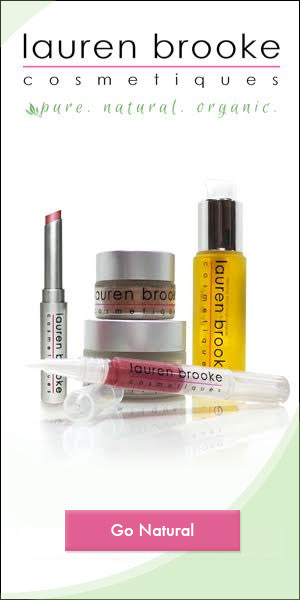Ditch the Dirty Dozen! Beware of These 12 Toxic Chemicals Lurking in Your Beauty Products
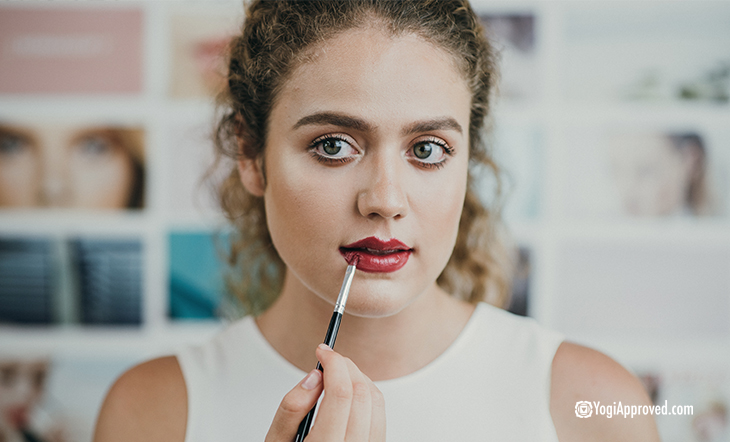
dirty dozen toxic chemicals featured
Have you heard of the dirty dozen? In skin care and beauty products, “dirty dozen” refers to the group of 12 toxic chemicals that are often found in makeup, lotions, hair products and moisturizers, etc. These ingredients have been linked to a wide variety of scary health issues.
Think about your daily beauty routine and all of the products you use on a regular basis. Some of you may keep it simple and use just a few beauty staples, while others may have a more significant repertoire of foundation, blush, mascara and eyeliner, and everything in between.
But the scary truth is if you are not choosing natural beauty products, you are exposing your body to potentially hazardous chemicals.
The skincare industry is unregulated by the FDA, and many companies manufacture products that contain a variety of ingredients that contain skin irritants, carcinogens and endocrine disrupters. These ingredients are absorbed into your skin each time you apply, and this repeat contamination can be harmful to your health.
The skincare industry is unregulated by the FDA.
We know we need to make the swap to natural, organic beauty products, but the task can be daunting, and it can difficult knowing where to start! We get it.
Here’s a good rule of thumb: If you cannot recognize the ingredients or if they are too hard to pronounce, they are probably not good for your body or your health. It is up to you to become knowledgeable about what you put in and on your body, and to choose non-toxic products made with natural, easily-recognizable ingredients, such as shea butter, coconut oil, jojoba oil, beeswax and essential oils.
And have no fear! Just because you opt for a natural or organic beauty product does not mean that you have to sacrifice quality, or pay a hefty price tag. In many cases, natural beauty products are just as good or better than their chemical-filled counterparts, and many are on par with the products that you already use each day.
The best way to eliminate your exposure to potentially health-hazardous chemicals is to choose only natural and organic cosmetics. But we understand that this can be a huge undertaking. At the very least, educate yourself about these toxic chemical ingredients so you know what to look for.
“The Dirty Dozen – 12 Toxic Chemicals Lurking in Your Beauty Products
Here is a quick list of 12 types of chemicals to avoid – the “Dirty Dozen – which are commonly found in the personal care and beauty products you use on a daily basis.
If you cannot recognize the ingredients or if they are too hard to pronounce, they are probably not good for your body or your health.
The next time you’re shopping for makeup and beauty products, use this list of ingredients to avoid:
1. Fragrance
This is probably the scariest ingredients of them all, because the word “fragrance” is so ambiguous and can mean many different things. Beware: many companies can limit their ingredient description to the simple word “fragrance” to protect secret company formulas.
Hazards: The dangers with fragrances are in the unknown or unlisted ingredients, and many mystery “fragrances” can cause allergies, cancer or neurotoxicity, or negatively impact your reproductive system.
2. Artificial Colors
If you ever see a color on your product label, such as Red 40 or Yellow 6, steer clear! Artificial colors are unnecessary and can be potentially hazardous to your health.
Hazards: Synthetic colors are often made from coal tar or petroleum and are linked to cancer and skin irritations. These colors are full of heavy metals that can be toxic to your brain function. Keep that medulla oblongata going strong and say no to artificial colors.
3. Parabens
Parabens are used to preserve and extend the shelf-life of skincare and beauty products and prevent bacteria, mold and other foreign substances from growing on your products.
Hazards: Parabens are absorbed into your skin and can be disruptive to your endocrine system and are linked to an increased risk of breast cancer.
4. Petroleum (Or Petroleum Derivatives)
Petroleum or petroleum-derived products are used in products to create shine and moisture.
Hazards: Yes, you read that correctly – petroleum is in your beauty products! So, that same substance that you put in your car as fuel is what you are putting on your body. Just as you would not douse yourself in gasoline, you should not use any product derived from petroleum because it increases your risk of cancer.
5. Formaldehyde
You probably recognize formaldehyde as a fluid that is used for embalming, but it is also used in many cosmetics to prevent bacteria growth. Formaldehyde is used in everything from nail polish and body wash to eyeshadow and face washes.
Hazards: Formaldehyde, as you can imagine, is linked to cancer and also can cause allergic reactions and can negatively impact your immune system. Avoid any product that has words with “eth” in the ingredients.
6. Phthalates
This chemical is added to products such as nail polish, deodorants, perfumes or lotions to soften plastics. However, sometimes phthalates are a hidden ingredient in fragrances, so you sometimes don’t know that it is included in your products until it’s too late.
Hazards: Phthalates are endocrine disruptors and are linked to breast cancer, as well as an increase in hormones and development in young girls, and reproductive birth defects in males and females.
7. Preservatives
Preservatives can come in many forms (BHA, BHT) in moisturizers and beauty products.
Hazards: Preservatives may extend the shelf-life of your products, but they are potential carcinogens and can negatively impact wildlife and waterways.
8. Foaming Agents
Sulfates, DEA and TEA are foaming agents that give your face wash and shampoo that luxurious, rich lather.
Hazards: Unfortunately, products that have the rich lather you love so much can be hazardous to your health and are linked to cancer. They are known irritants to your skin, lungs and eyes. Not to mention, these chemicals can be harmful to fish and wildlife.
9. Antibacterial Agents
Antibacterial agents, such as triclosan, are found in toothpaste, soaps, aftershave, moisturizers, acne treatments and deodorant. Also, there is no evidence that antibacterial agents are any more effective than just plain soap and water.
Hazards: Exposure to artificial antibacterial agents can lead to disruptions to your endocrine system and may, in the long run, increase your risk of infections and resistance to antibiotics. Your thyroid and reproductive systems are at risk as well.
10. Plasticizers
Plasticizers such as Dibutyl Phthalate, are used to create a hard, solid finish on products such as nail polishes.
Hazards: These can create hazards to your reproductive system, be an endocrine disruptor, and may negatively impact fish and wildlife.
11. Siloxanes
Siloxanes are used to soften, smooth and moisturize skin, and are commonly used in deodorants to create a smooth, silky texture and in hair products to encourage quick drying time.
Hazards: Siloxanes are toxic and are suspected to be endocrine disruptors, and also hinder your reproductive system.
12. PEG Compounds
This chemical is found in cream-based products and is used as a thickening agent and a conduit to carry moisture.
Hazards: A known carcinogen, PEG Compounds can cause genotoxicity, which can cause irritation or system toxicity if used on broken or inflamed skin.
Here Are 5 Types of Makeup You Should Swap Out Immediately For Natural Beauty Products:
Mascara
Whether you wear a lot of makeup or not, mascara is a go-to product that can help you look awake and put together in an instant. If you think about how you apply mascara, you are putting a substance onto your lashes, which often has direct contact with your eyes, so choosing the right formula is very important.
Many mascaras contain mercury, which can be absorbed into the skin and cause brain damage. Yikes!
Eyeliner
Eyeliner is another “can’t leave home without it” product for many women, but choosing one with natural ingredients is crucial. In addition to artificial colors, eyeliner is known to contain parabens, BHT, imidazolidinyl urea (a formaldehyde releaser) and kohl – a mixture of salts and heavy metals, such as lead. Not good for your body or your health!
Lipstick
Your lips touch everything that you eat, so you should be extra careful about the products you choose to put near your mouth. Lip products often have artificial colors, petroleum, artificial fragrances and flavors, as well as potentially cancer-causing lead.
Foundation
When you apply foundation, you are covering the entire surface of your face (and sometimes neck and chest) with the liquid or powder formula. In particular, powder foundations can be hazardous as the tiny particles can circulate in the air and be inhaled.
If the formula is made with talc, it can contain potentially life-threatening arsenic, which can lead to the development of mesothelioma – a form of cancer.
Bronzer and Blush
Bronzer and blush are both excellent cosmetics to add color and liveliness to your face. However, in powder form, these cosmetics can contain arsenic-contaminated talc that can cause cancer. Also, be on the lookout for artificial colors (look for letter and number mixtures), which can cause skin irritation or even cancer. Scary stuff!
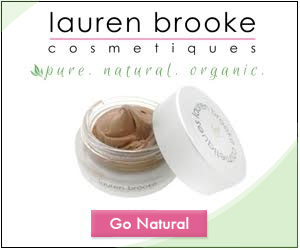
Ditch the Dirty Dozen For Good and Only Use Natural Beauty Products
Take control of your body’s health and wellbeing and make smart buying choices when it comes to your beauty products. Choose products that contain all natural and organic ingredients and make a long-term commitment to the health and wellness of your body.
If you care about your long term health, don’t put toxic chemicals on your body for the sake of beauty.


This Month's Letter
From the Editor
Monthly motivation and food for
thought from our founder.


